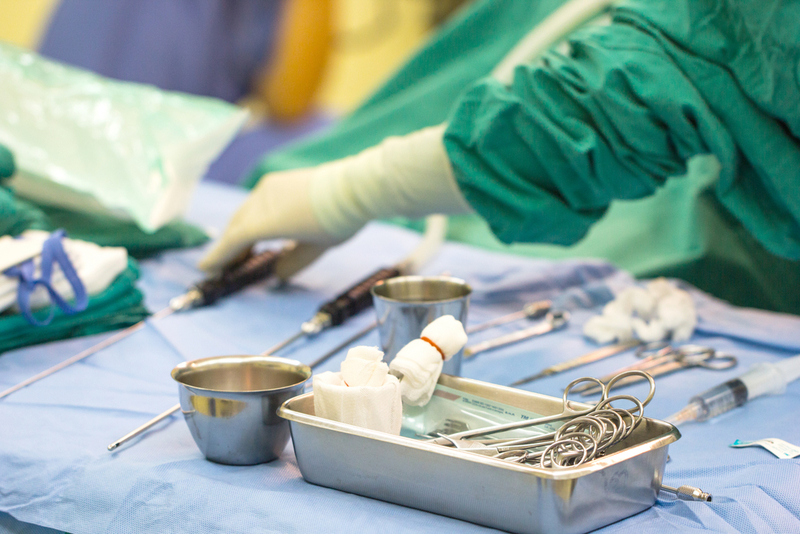Weight loss surgery may improve breathing issues: Study
IANS Jan 30, 2020
Researchers have revealed that Bariatric surgery and weight loss appear to reverse some of the negative effects of obesity on the respiratory system.

Known effects of obesity on the respiratory system include increased respiratory work, along with compromised airway resistance and respiratory muscle strength, which may all contribute to restrictive pulmonary function impairment. As an imaging technology that provides detailed pictures of the lungs and airways, CT has great potential to improve understanding of obesity's impact on the respiratory system. Until now, however, there have been few CT studies evaluating obesity's effects on the lungs and the trachea, often referred to as the windpipe.
"For the first time, this study has demonstrated changes in the CT morphology of large and small airways that improve when individuals lose weight. These features correlate with an improvement in patient symptoms," said study lead author Susan J. Copley from Hammersmith Hospital in London.
For the study, published in the journal Radiology, the research team evaluated changes in the respiratory systems of 51 obese individuals who underwent Bariatric surgery, a treatment for obese patients who haven't responded to other weight loss approaches. The procedure reduces the size of the stomach. All participants lost weight post-surgery with a mean body mass index decrease of 10.5 kg/m2.
The researchers used CT to measure the size and shape of the trachea and assessed air trapping, a phenomenon in which excess air remains in the lungs after exhaling, resulting in a reduction in lung function. Air trapping is an indirect sign of obstruction in the small airways of the lung. When the researchers compared results at baseline and six months after Bariatric surgery, they found that surgery and weight loss were associated with morphological, or structural, changes to the lung and trachea.
Post-surgery CT showed reductions in air trapping and a lower incidence of tracheal collapse. Change in the extent of CT air trapping was the strongest predictor of improvement in dyspnea, or shortness of breath, the study said. The results suggest that there may be a reversible element of small airway inflammation related to obesity and that reversal of this inflammation correlates with improvement in symptoms. The findings also point to CT as a potential marker of this inflammation. "CT is a useful morphological marker to demonstrate subtle changes which are not easily assessed by lung function alone," Copley said.
-
Exclusive Write-ups & Webinars by KOLs
-
Daily Quiz by specialty
-
Paid Market Research Surveys
-
Case discussions, News & Journals' summaries